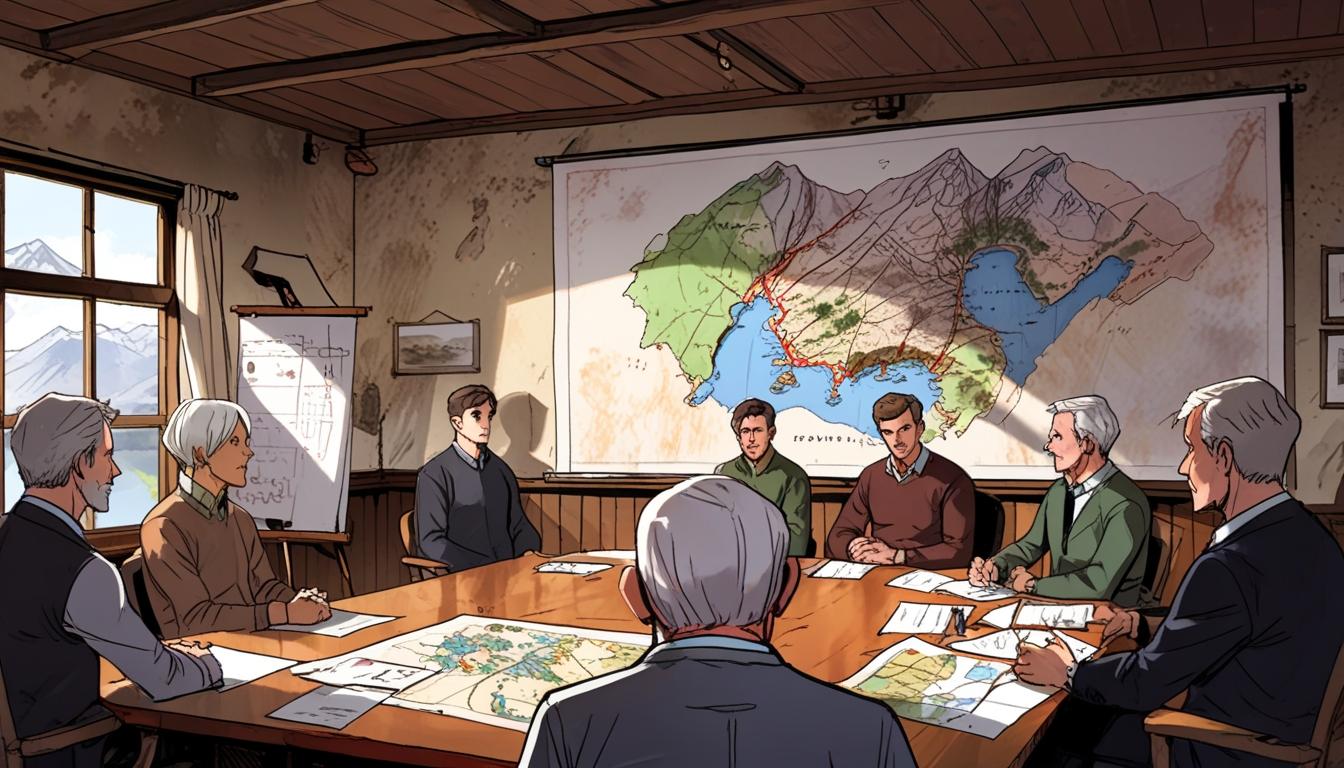The recent withdrawal of permission from the National Trust for the highly debated gondola project on Slieve Donard has thrown Newry, Mourne, and Down District Council into a race against time. With £30 million in funding at stake from the Belfast Region City Deal, the council is now urgently seeking alternative proposals to ensure it doesn't lose this significant financial backing.
Council chair Peter Byrne has publicly appealed for suggestions, highlighting the sense of desperation within the council's ranks. This scenario has drawn comparisons to comedic plots, reminiscent of classic Ealing comedies or even the memorable monorail episode from The Simpsons. The challenge is substantial: finding a fresh idea that can replace a project many see as fundamentally flawed.
The gondola was envisioned as part of an expansive, £44 million Mourne Mountains Gateway Project. Initial estimates indicated the project could attract about 350,000 visitors annually, potentially revitalising Newcastle and enhancing its profile as a tourist destination. However, as recent estimates indicate, the cost has surged to nearly £50 million, raising eyebrows among local leaders and residents alike. There are serious concerns regarding the environmental impact, especially given that the National Trust has voiced "significant concerns" over the scheme.
Supporters of the project, including some local business owners, argue it could establish a year-round tourism economy, creating jobs and fostering economic growth. In contrast, opponents, including members of the Alliance party, warn that introducing such a "metal monstrosity" into the beautiful Mourne landscape could irreparably damage its natural allure. Patrick Brown, an Alliance representative, has strongly articulated these sentiments, stating, “the risk of damaging our most valuable natural asset… exceeds £44 million.”
The burgeoning debate around the gondola project isn’t merely a local affair. It reflects broader concerns about how Northern Ireland balances economic aspiration with environmental stewardship. While the Mourne Mountains are celebrated for their stunning natural beauty, the implications of a significant influx of tourists—especially if poorly managed—remain contentious. Many fear that the quaint town of Newcastle, which already grapples with visitor surges during peak seasons, would struggle under the weight of additional tourism.
Despite the challenges, the council has indicated that the £30 million funding is not irretrievably tied to the gondola concept. The Department for the Economy has reassured that alternative proposals could stillsnatch that financial lifeline if justified sufficiently. This flexibility has opened a window for innovative thinking, prompting calls for robust community engagement and consultation. Critics argue that any new proposals must arise from genuine dialogue with residents, businesses, and local stakeholders to ensure they reflect the area's needs and aspirations.
Given the pressures for rapid solutions, the council's capacity to tap into previous successes can offer useful lessons. Two decades ago, Newcastle was rejuvenated through a carefully planned promenade and public realm scheme that, at a fraction of the current gondola’s costs, vastly improved the town's appeal. Similar grassroots investments across the district could yield benefits without the environmental costs associated with large-scale projects.
As discussions regarding the future of the Mourne Mountains Gateway Project unfold, it's evident that the stakes extend beyond just the funding. They encompass the very character and sustainability of the region's economy as well as its ecological integrity. The eventual outcome will depend on how well local leaders harness community sentiment and spirit, showing once again that the most enduring solutions often emerge from collaboration and collective vision.
In the meantime, Newcastle continues to wait for inspiration. Will the community rally around an alternative vision, or will the funding slip through their fingers, lost to the complexities of modern governance and environmental stewardship? Only time will tell.
Reference Map
- Lead article
- Article summary 2
- Article summary 3
- Article summary 4
- Article summary 5
- Article summary 6
Source: Noah Wire Services
